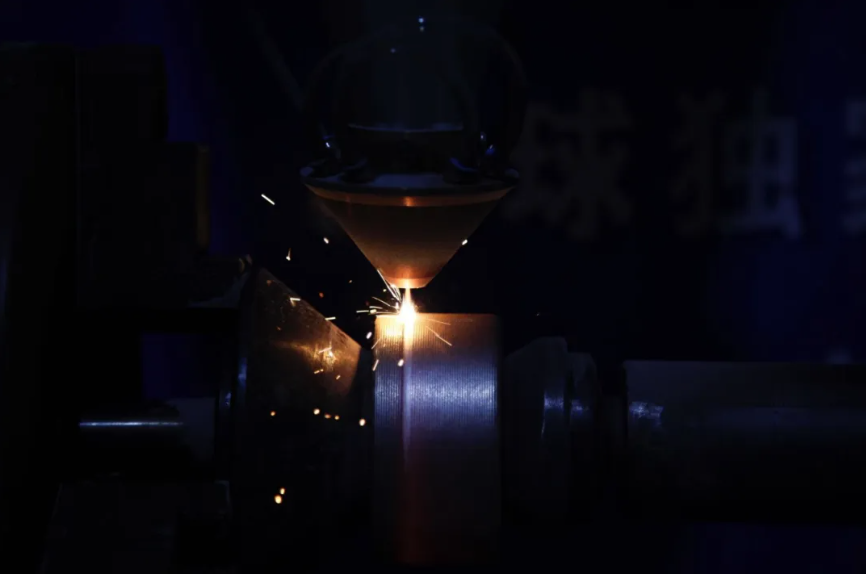How to Clean Artwork and Ensure No Residue or Damage?
Laser cleaning can clean the surface of cultural relics made of different materials such as stone (marble, jade), metal (bronze, iron, etc.), oil painting, ceramics, parchment, paper, ivory, silk textiles, wood, etc., and ensure that there is no residue and no harm. In addition to metal descaling, it is also used for paper de-inking, ceramics removing stone deposit film, and stone artifacts removing grease and deposit film.
The traditional method of protecting artwork is to use mechanical and chemical methods, but with this method, it is difficult to control the process; the mechanical method may remove the artwork's own material, while the chemical agents may penetrate into the artwork and destroy the artwork's pigmentation. Both methods may cause irreparable damage to the artwork.
In the world's cultural heritage sites, laser cleaning technology has been applied to the Xia, Shang, and Zhou bronzes, statues of the ancient Greek era, BC ancient parchment scrolls, medieval art paintings, modern Ming and Qing furniture celadon, and the Maritime Silk Road shipwrecked cultural relics (silver ingots and copper coins, gun barrels, dock, porcelain debris) and so on the protection of the scene, not only so that the Chinese cultural treasures to show and protect the original beauty, but also to save a large number of western Art paintings and ancient scrolls.
Let's take a look at the laser cleaning of various types of cultural relics and works of art of the case to it!
The Gates of Paradise
The Gates of Paradise is the east door of Florence Baptist Church, located in front of the Cathedral of Our Lady of the Flowers. It was created by goldsmith and sculptor Lorenzo Ghiberti between 1425 and 1452, representing his masterpiece and one of the most famous works of the Florentine Renaissance. Made of fully gilded bronze, the door was nicknamed the "Gate of Paradise" by Michelangelo Bonarotti.
Prior to restoration, the gold surface was characterized by a distribution of micro-bubbles due to the crystallization of soluble salts under the gold film. The cleaning problem was initially solved by an optimized chemical method applied to the individual panels after removal from the bronze frame. However, the dismantling of the frieze elements seemed too risky: the laser avoided any side and undesirable effects on the gold plating retained in each area, while allowing the complete removal of the surface crusts, bringing back the brilliance of the gold.
The oldest European hospital
The Old Sacristy Collection and the Mantle Chapel are two painted rooms located in the Santa Maria della Scala complex in Siena. It is one of the oldest European hospitals established about 1,000 years ago, which ended its activities in the 1970s and was then gradually transformed into a museum center. The walls and vaults of the old sacristy collection room feature the New and Old Testaments of Lorenzo Vecchietta, dating from 1446 to 1449. The Mantle Chapel, used in the past as a first aid room, is formed by crossed vaults, painted by Christopher di Bindocchio and Meodipero in 1370.
The frescoes of both rooms are completely covered with layers of lime and varnish applied in the past. - Traditional techniques of chemical and mechanical types did not give satisfactory results in removing the unwanted layers, so restorers turned to the use of lasers, in this case, the pioneering use of lasers for the removal of lime wash. Subsequently, the wavelength bandwidth is adjusted twice to remove the lime wash residue and organic deposits left after the first laser treatment.




Comments
Post a Comment